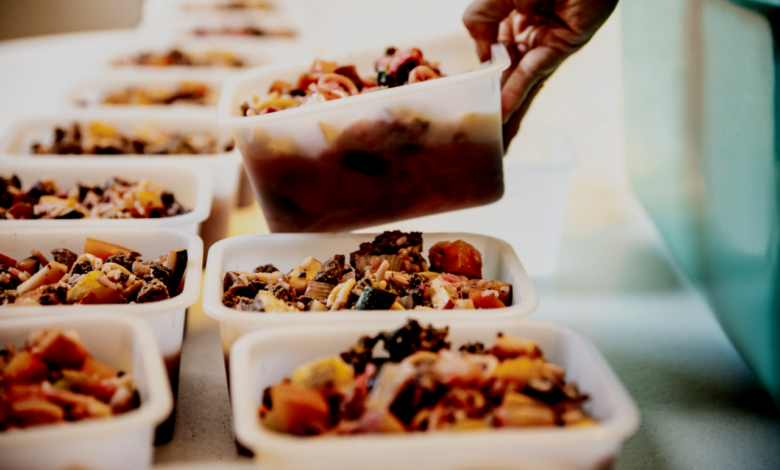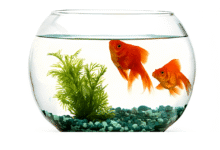
Homemade Pet Food Recipes Nutritional Guidelines
Homemade pet food recipes require balanced nutrition. Learn guidelines for proteins fats vitamins & safe ingredients to keep pets healthy Vet-approved tips.
Providing your pet with homemade pet food recipes can be a rewarding way to ensure they receive high-quality, natural ingredients tailored to their needs. Unlike commercial pet foods that may contain fillers or artificial additives, preparing meals at home allows you to control every aspect of your pet’s nutrition. However, crafting a balanced diet requires careful attention to essential nutrients, portion sizes, and potential dietary restrictions. Whether you have a dog, cat, or small animal, understanding the fundamentals of pet nutrition is key to keeping them healthy and thriving.
Transitioning to homemade pet food recipes isn’t just about swapping kibble for human-grade ingredients—it’s about creating meals that meet all of your pet’s dietary requirements. Proteins, fats, carbohydrates, vitamins, and minerals must be carefully balanced to support their energy levels, immune system, and overall well-being. This guide will walk you through the nutritional foundations of homemade pet food, safe and unsafe ingredients, and simple recipes to get you started. With the right knowledge, you can provide delicious, wholesome meals that contribute to a longer, happier life for your furry companion.
Homemade Pet Food Recipes Nutritional Guidelines for a Healthy Diet
Understanding Your Pet’s Nutritional Needs
Before diving into recipes, it’s crucial to understand what makes a complete and balanced diet for your pet. Dogs and cats, for example, have different nutritional profiles. Dogs are omnivores and can thrive on a varied diet that includes proteins, carbohydrates, and vegetables. Cats, on the other hand, are obligate carnivores, meaning they require a diet high in animal-based proteins and fats.
Essential Nutrients for Pets
Essential Macronutrients for Pets
Proteins form the foundation of your pet’s diet, crucial for muscle development and tissue repair. Opt for high-quality animal proteins like chicken, turkey, beef, fish, and eggs, as well as nutrient-dense organ meats (liver, kidney) for essential vitamins. Fats are vital for energy, skin health, and a glossy coat. Prioritize sources rich in Omega-3 and Omega-6 fatty acids, such as fish oil, flaxseed, and lean animal fats. Carbohydrates, though less critical for cats, provide dogs with sustained energy. Stick to easily digestible options like sweet potatoes, brown rice, and oats in moderation.
Micronutrients & Hydration
Vitamins and Minerals (calcium, phosphorus, potassium, vitamins A/D/E) must be carefully balanced some come from vegetables, while others (like calcium for bone health) may need supplementation. Consult a vet to avoid deficiencies. Water is non-negotiable. Always ensure fresh, clean water is available, particularly when transitioning to homemade meals, as they often have higher moisture content than dry kibble. Dehydration can lead to serious health issues.
Safe and Unsafe Ingredients for Homemade Pet Food
Safe Ingredients
These pet-safe ingredients form the foundation of nutritious homemade meals when properly prepared. Lean meats like chicken, turkey, or beef should always be thoroughly cooked and deboned to prevent choking hazards. Fish provides excellent omega-3 fatty acids but must be completely deboned and cooked to avoid parasites.
Toxic Ingredients to Avoid
These common household foods are extremely toxic to pets and must be strictly avoided in any homemade pet food recipes. Onions, garlic, and chives contain compounds that can cause dangerous anemia in dogs and cats by destroying their red blood cells. Chocolate and caffeine contain methylxanthines that lead to vomiting, seizures, and even fatal heart problems in pets.
Balancing Homemade Meals for Long-Term Health
One of the biggest challenges with homemade pet food recipes is ensuring they meet all nutritional requirements over time. Unlike commercial pet foods, which are formulated to be complete, homemade meals may lack certain nutrients if not properly balanced.
Common Nutritional Deficiencies in Homemade Diets
Calcium Deficiency Especially in growing puppies and kittens, leading to bone problems. Taurine Deficiency Critical for cats; lack of taurine can cause heart disease. Vitamin D Imbalance Too little or too much can affect bone health. To prevent deficiencies, many pet owners use pre-mixed supplements designed for homemade diets or rotate ingredients to cover all nutritional bases. Consulting a veterinary nutritionist can help tailor a meal plan specific to your pet’s age, weight, and health conditions.
Sample Homemade Pet Food Recipes
Simple Chicken & Rice Dog Meal
This nutritious homemade dog meal combines lean shredded chicken as an excellent protein source with easily digestible brown rice for sustained energy. The mashed carrots add valuable beta-carotene for immune support and eye health, while the fish oil provides essential Omega-3 fatty acids to promote a shiny coat and reduce inflammation. Simply mix all ingredients thoroughly to create a balanced, vet-approved meal that’s especially good for dogs with sensitive stomachs.
Beef & Vegetable Stew for Dogs
This wholesome homemade dog food recipe features lean ground beef as a high-quality protein source, combined with nutrient-dense spinach and peas for vitamins and fiber. The mashed sweet potato provides digestible carbohydrates and essential nutrients like beta-carotene, while the olive oil adds healthy fats for skin and coat health.
Tuna & Pumpkin Cat Meal
This simple yet nutritious homemade cat food recipe combines protein-rich tuna (packed in water with no added salt) with fiber-filled pumpkin to support digestion. The addition of fish oil provides essential omega-3 fatty acids for skin and coat health, while the scrambled egg offers an extra boost of high-quality protein and amino acids. All ingredients should be thoroughly mixed to create a balanced, palatable meal.
Transitioning to a Homemade Diet
Switching from commercial to homemade food should be done gradually to avoid digestive upset. Start by replacing 25% of their regular food with homemade meals, increasing the portion over a week or two. Monitor for any signs of allergies or intolerance, such as vomiting, diarrhea, or skin irritations.
Read More: Daily Supplements for Pets What North Dakota Owners Should Know
Conclusion
Preparing homemade pet food recipes can be a wonderful way to enhance your pet’s health and strengthen your bond through mindful nutrition. By carefully selecting high-quality ingredients and ensuring proper balance of proteins, fats, vitamins, and minerals, you can create meals that support your pet’s energy, digestion, and longevity. However, it’s crucial to consult with a veterinarian or pet nutritionist to tailor meals to your pet’s specific needs, especially if they have health conditions or dietary restrictions. With the right approach, homemade pet food can be a safe, nutritious, and rewarding alternative to commercial options.
Ultimately, the key to success with homemade pet food recipes lies in education, patience, and consistency. While the process requires more effort than simply pouring kibble into a bowl, the benefits—such as improved coat health, better digestion, and reduced exposure to artificial additives make it worthwhile. Remember to introduce new foods gradually, monitor your pet’s response, and adjust recipes as needed. By prioritizing your pet’s nutritional needs and staying informed, you can provide meals that not only satisfy their taste buds but also promote a vibrant, healthy life for years to come.
FAQs
Is homemade pet food healthier than commercial food?
Homemade food can be healthier if properly balanced, but commercial foods are formulated to meet all nutritional needs. Always consult a vet before switching.
Can I feed my pet only homemade food?
Yes, but ensure the diet is complete and includes all necessary vitamins and minerals. Supplements may be required.
How do I know if my pet is getting enough nutrients?
Regular vet check-ups and blood tests can help monitor their health. Look for signs like a shiny coat, good energy levels, and healthy weight.
Are raw diets safe for pets?
Raw diets carry risks like bacterial contamination. If opting for raw food, handle it safely and consult a veterinarian.
Can I use spices in homemade pet food?
Most spices are unnecessary, and some (like onion powder) are toxic. Stick to plain, unseasoned ingredients.







